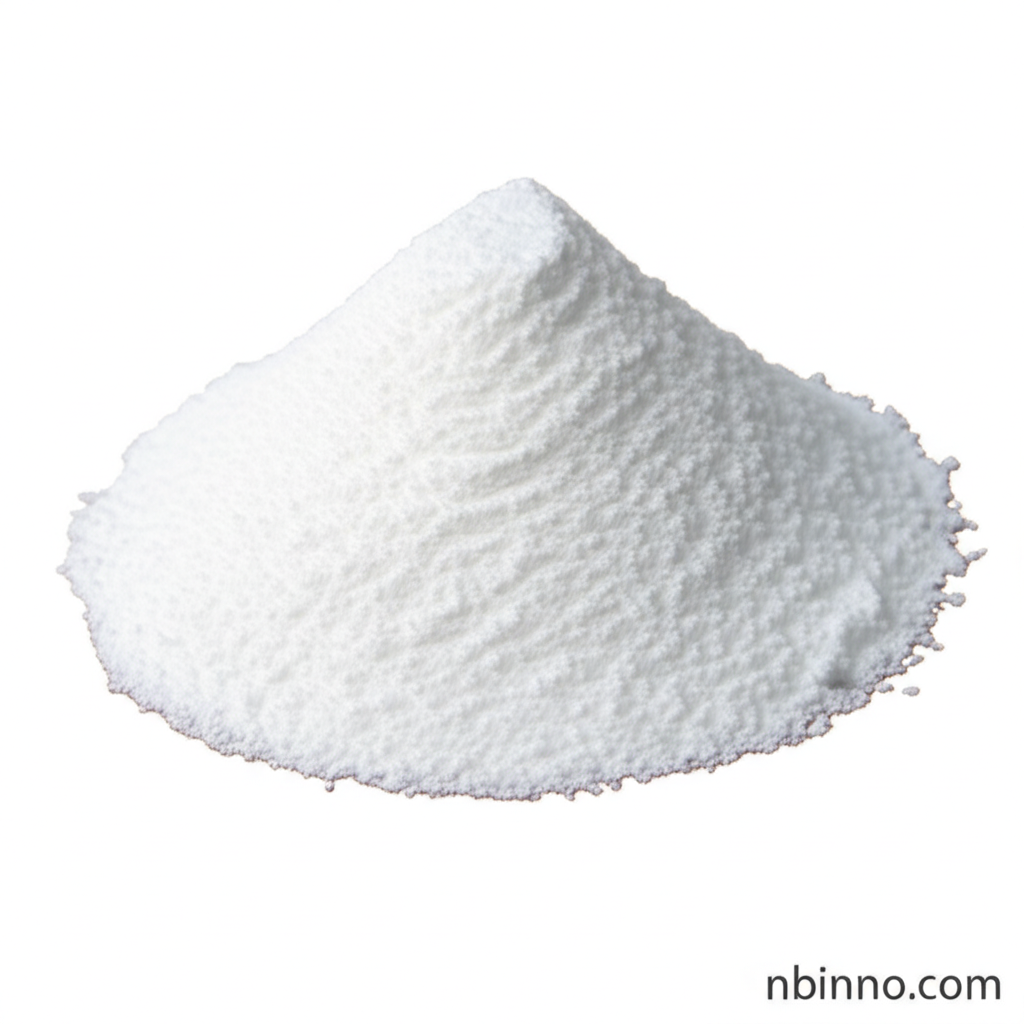5-Aminolevulinic Acid HCl: Enhancing Plant Resilience to Salinity Stress
Discover how 5-Aminolevulinic Acid HCl boosts plant health and yield by mitigating salt stress and optimizing photosynthesis.
Get a Quote & SampleUnlocking Plant Potential with ALA HCl

5-Aminolevulinic Acid HCl
Explore the scientifically-backed benefits of 5-Aminolevulinic Acid HCl in revitalizing plants under challenging saline conditions. This advanced compound acts as a crucial growth regulator, significantly improving plant morphology and photosynthetic efficiency.
- Improve photosynthesis and chlorophyll synthesis: Research indicates that ALA HCl can significantly boost chlorophyll content and enhance the overall photosynthetic capacity of plants, leading to healthier growth.
- Regulate tetrapyrrole metabolic pathways: Understand the intricate role of ALA HCl in modulating key metabolic pathways, optimizing the plant's internal biochemical processes for better stress response.
- Boost plant tolerance to abiotic stress: Discover how ALA HCl fortifies plants against environmental challenges like salinity, ensuring sustained growth and productivity even in adverse conditions.
- Facilitate efficient nutrient utilization: Learn how ALA HCl aids in optimizing the plant's ability to absorb and utilize essential nutrients, contributing to overall plant vigor and resilience.
Key Advantages of ALA HCl in Agriculture
Enhanced Photosynthesis
Leverage the power of ALA HCl to significantly improve photosynthetic efficiency, a critical factor for robust plant development and yield. This is a key finding in understanding ALA for salt stress mitigation.
Salinity Stress Alleviation
Our studies demonstrate that ALA HCl effectively counteracts the detrimental effects of salinity, a major hurdle in agriculture, thereby supporting sustainable crop production.
Metabolic Pathway Optimization
Gain insights into how ALA HCl optimises plant metabolic pathways, contributing to better stress adaptation and overall plant health.
Key Applications
Plant Growth Regulation
As a vital plant growth regulator, ALA HCl fosters stronger seedling development and improved plant vigor, making it a key component in advanced agricultural practices.
Stress Tolerance Enhancement
Utilize ALA HCl to build inherent plant resilience against environmental stressors, particularly salinity, ensuring crop survival and productivity.
Photosynthesis Optimization
Boost plant energy production by enhancing chlorophyll synthesis and photosynthetic efficiency, critical for crop yield.
Agricultural Biotechnology
Integrate ALA HCl into modern agricultural biotechnology practices to develop more robust and productive crop varieties.
